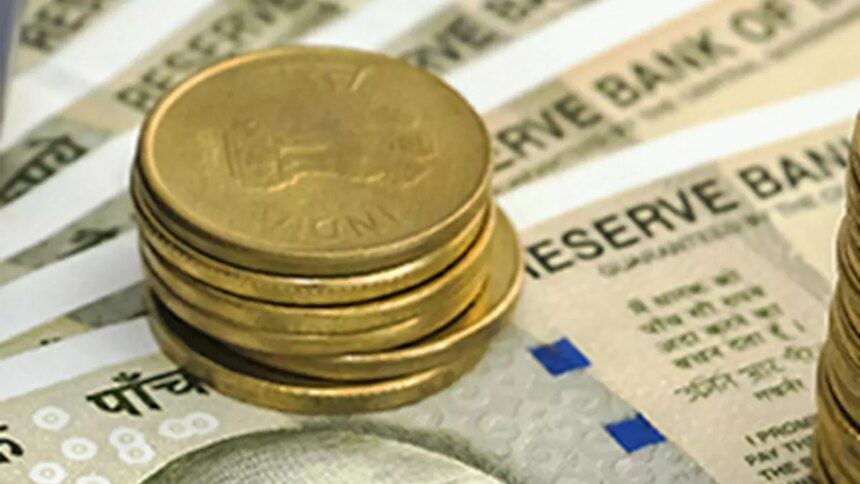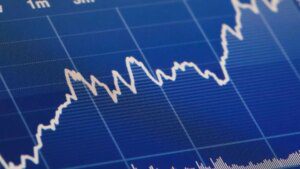The depreciation of the Indian rupee against the US dollar to the crucial 86.00-mark for the first time was a significant development in the forex market. Several factors contributed to this decline, including a stronger US dollar, outflow of foreign funds, surging crude oil prices, negative sentiment in domestic equity markets, and anticipation of restrictive trade measures by the new US administration.
The rupee opened at 85.88 and hit an intra-day peak of 85.85 before settling at the lowest-ever level of 86.00 against the greenback. This marked a 14 paise decline from its previous close. The dollar’s strength was fueled by increased demand ahead of the inauguration of Donald Trump as president on January 20.
Anuj Choudhary, a Research Analyst at Mirae Asset Sharekhan, highlighted the impact of domestic market conditions, FII outflows, a strong US dollar, and rising crude oil prices on the rupee. He noted that the weak tone in domestic markets, along with external factors, could continue to exert downward pressure on the rupee. However, intervention by the Reserve Bank of India (RBI) and key economic data releases from the US could influence the currency’s movement in the near term.
The global oil benchmark, Brent crude, rose to $78.43 per barrel in futures trade, adding to the pressures on the rupee. In the domestic equity market, both the Sensex and Nifty recorded losses for the third consecutive session, reflecting negative investor sentiment. Foreign institutional investors offloaded significant amounts in the capital markets, contributing to the rupee’s weakness.
Looking ahead, market participants will closely monitor developments related to the US dollar, crude oil prices, and global economic indicators for further insights into the direction of the rupee. The currency’s movement is expected to remain volatile, with a trading range projected between ₹85.80 to ₹86.15 against the US dollar.
Overall, the depreciation of the rupee against the US dollar underscores the importance of monitoring key economic indicators and market trends to navigate the currency’s fluctuations effectively. Stay tuned for more updates on the evolving forex landscape and its implications for investors and businesses.










